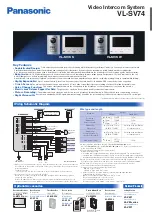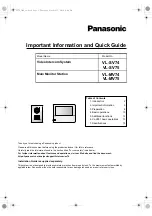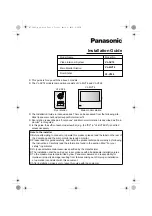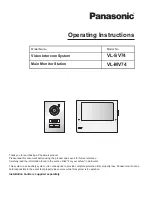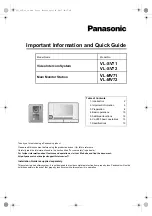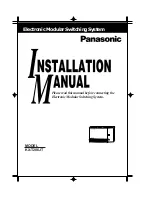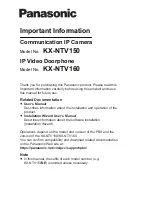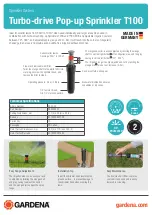
181/317
6 - STMicroelectronics Programming Tools
The source text is shown in an editing window. As many files as you wish may be open at the
same time. Try first to assemble it by clicking on the funnel tool, or select the Project/Compile
option. A DOS box appears for a short time, then the following box appears:
Pressing the space bar, or the enter key, or clicking on Analyze Results, makes the sentence
“No errors on assembly of 'C:\ST7\WORK\CATERPIL\MAIN.ASM'” be displayed in the status
bar at the bottom of the screen. This is the message from the assembler.
We saw above that W inEdit was configured to recognize the syntax of the assembler mes-
sages. We can check this feature by altering the source text so as to intentionally make a
syntax error. For example, let us change the line that contains the include statement so that it
reads:
#include "register.inc"
and let us press the funnel button. A box appears then, requesting whether we want to save
the source file before assembling. We must answer yes, because the assembler uses the files
on the disk and not the contents of the editor buffer. Then, after assembly and analysis of the
results, the status bar at the bottom of the screen shows:
Error 56: unrecognised opcode '
#include "register.inc"'
and the altered line is shown in reverse video. So it is easy to locate the error and correct it.
Actually, this error has also caused a chain of other errors. By pressing the right arrow at the
top of the screen, the next error is displayed, and the corresponding line is then highlighted.
Multiple errors can then be corrected. However, in many cases, the other errors are a conse-
quence of the first one, so it is advisable to correct the first error and assemble again, unless
the following lines shown as being in error are obviously faulty.

































